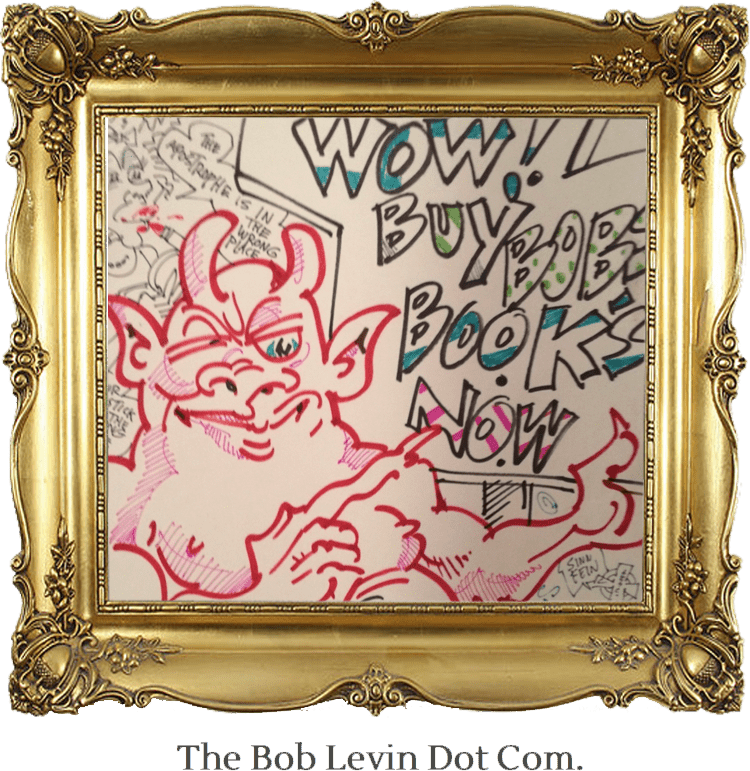John Sparrow has written, “In order not to believe in the probable there is so much of the improbable one has to believe in.”
Or look at it this way.
In one view of the world, Lee Harvey Oswald takes his rifle to work and kills President Kennedy. He rushes to his rooming house, changes clothes, picks up his revolver, and, when stopped by Officer Tippit, kills him. He attempts to hide inside a movie theater, where he is arrested.
In another, for two months prior to the assassination, one or more CIA-connected people impersonating Oswald, who is himself CIA-connected, visit embassies in Mexico City, write a letter ro another, and drop in on a gun shop, rifle range, car dealership, and airport in Dallas, to create an after-the-fact impression he was preparing to kill the president.
In mid-October a CIA-connected woman masquerading as a friend of Oswald and his wife. induces him to take a job at the book depository.
On November 20, two Cuban or Italian men, who don’t resemble Oswald, drive with a heroin addicted stripper named Rose Cheramie from Miami to Dallas, planning to kill the president, before continuing on to Houston to pick up 10 kilos of heroin and a small child and move to Mexico.
On November 22 at 11 am, Jack Ruby, who had been involved in a long homosexual relationship with Oswald, drops a man carrying a rifle off from his pick-up truck at the grassy knoll. (It is unclear if he is one of the men from Miami.)
At 12:30 pm, Kennedy will be shot. Either one or two shots are fired from the grassy knoll. The shooter of the one shot will have an accomplice. (It is unclear if these are the two men from Miami or if either was the man Ruby dropped off.) These men, along with the man or men in the book depository (see below) will be among those who contribute to Kennedy being shot 6 to 8 times from at least three directions. (Which directions and by how many shooters is unclear.)
In the book depository, a man with a rifle is leaning out of a 4th or 5th floor window with a man in a brown suit coat beside him. And/or a man in a sport coat fires four shots from a window on the 5th or 6th floor. And/or a man in a tan sport coat and glasses fires three shots from a window on the 7th floor. This man will enter a green Rambler driven by a young Negro. This may or may not be the same man who is either Oswald or his twin seen entering a green Rambler driven by a husky Latin (but probably not since Oswald was not wearing a sport coat or glasses). Whichever Rambler had Oswald or his twin in it was also owned by the CIA linked woman contrary toe fact that state records say she did not own such a vehicle. (It is unclear if any of the men on the 4th, 5th, 6th and 7th floor were those from Miami.)
Oswald or his twin flees the scene in the Rambler, while the other leaves by bus. The real Oswald makes his way to his rooming house where he retrieves his pistol. He is picked up by a police car (or a “counterfeit” police car) and driven to the Texas Theater to await his CIA-handler. Meanwhile an Oswald impersonator (It is unclear if is the one from the Rambler or bus) kills Officer Tippit, thereby branding the actual Oswald as a cop-killer, so the Dallas police will kill him. The imposter leads the police to the theater. After the actual Oswald is subdued (though not killed, even though he has pulled his pistol, providing ample cause), the impersonator is whisked out the back door to travel, first by red Falcon and then by jeep, disembarking with a companion who has been picked up along the way, for a cargo plane which has been diverted from its flight pattern to pick them up on a highway under construction, in order to fly them to Roswell, New Mexico, to join the flying saucers. (What happened to any other Oswalds and any other shooters is unclear.)
After that it became a simple matter of substituted body parts, doctored films and X-rays, military-controlled autopsies, compromised Chief Justices and Senators, and lay people bribed with offers of $500 or cast into mental hospitals or murdered or scared into temporary silence by attempts on their lives with knife and gun and dynamite and automobile.
